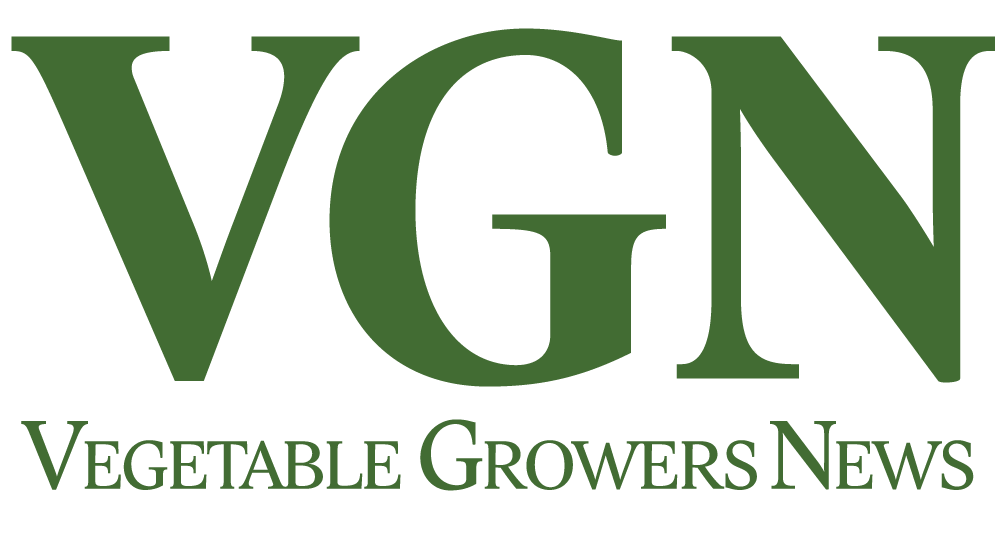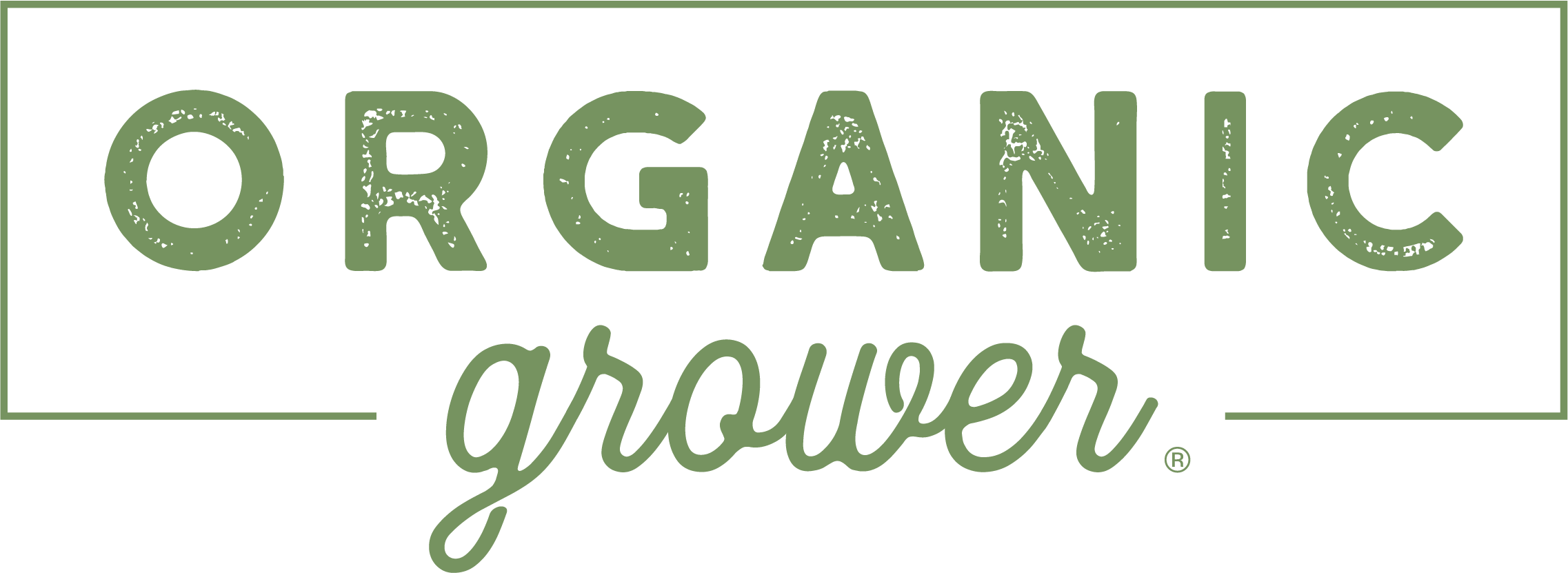
Apr 2, 2025Diversification aids Michigan’s Blake’s Orchard & Cider Mill
Efficiencies, smart marketing and the willingness to diversify have helped Blake’s Orchard & Cider Mill be successful in growing and processing apples for almost 80 years.
In addition to apples, the third-generation family-owned and -operated Armada, Michigan, orchard grows a variety of crops, including asparagus and tomatoes, peppers, cucumbers, pumpkins and strawberries.
Diversification is important to Blake’s Orchard, an hour’s drive north of Detroit.
“We always had a good September, October apple business, but in the ‘90s, we really thought it was important to create more sustainability within our business model and have more revenue more months of the year,” said Andrew Blake, CEO and third generation co-owner.
The orchard and vegetable farm offers a cider mill, tasting room, retail facility, restaurant and agritourism activities, including u-pick, children’s play area, private events and other events.
A blend of five varieties grown on its farm, hard cider production began as a side project in Blake’s college garage. Blake’s Hard Cider, which Blake co-owns, is now one of the country’s largest hard cider producers.

“We’ve taken this cider and apple business seriously because, at the end of the day, if it doesn’t taste good, no one wants it,” Blake said.
Expanded customer base
A key part of Blake’s Orchard’s success is not being limited to one buying channel.
“One of the special things at Blake’s is we have a lot of outlets internally for what we produce,” Blake said. “We’re not beholden to one particular outlet for our crops.”
Those new strategies helped it harvest more crops longer.
“We were trying to extend the season, and vegetables were kind of a no-brainer for mid- to late summer crops,” Blake said. “We’re lucky enough to have not only a decent amount of our own stores that we could sell as outlets where we could sell the product, but also have a growing demand for our u-pick operations. So, that’s helped as we’ve tried to explore new things to grow and new strategies.”
Blake said Michigan growers are fortunate to partner with Michigan State University Extension personnel who provide valuable services to growers.
“I think we’re getting smarter on rootstocks that work for our farm and our equipment,” he said. “It’s (agronomics) a constantly evolving art and science. And, we try to stay up-to-date as best we can. In some ways, we’ve never been better apple growers, but still, we’re very humbled by how much there is to know and how much there is to learn.”
Trellis system trials
To more efficiently grow, manage and harvest its apples, Blake trials a variety of trellis systems. It spaced trees through axis and V systems as well as most other tree training systems.
“We’ve tried them all,” he said. “We are continuously incurring and trying these systems and getting smarter every year. Trellising systems have evolved a lot over the last 10 years. This kind of goes to the whole rootstock discussion.”
In the past, Blake did a lot of freestanding growing, which developed into more robust, higher density rootstock types.

“I think we’ve gotten a lot smarter in pounds per-acre and how much we’re actually really able to yield,” he said. “A lot of that is through more intelligent trellising systems that we’ve put in place. We’ve just moved to become a lot more efficient with our acres farmed.”
For a decade, drones have also assisted Blake’s Orchard with crop planning.
“We’ve gotten a lot more precise and more efficient with our spray applications through different technologies,” Blake said. “We’re buying the right amount of seeds, chemicals and plants.”
On the downside, a grower must separate non-useful tech helpful advances.
“You can go down a lot of rabbit holes and spend a lot of time and money yet get nowhere with technology,” Blake said. “You’ve got to know where to look and talk to other people who are in the field who have tried it, worked with it and learned what technology helps them and which ones are kind of a burden.”
Coddling moth is a forever fight for Michigan apple growers. Depending on the year, scab can become a more serious issue. Blake credits his staff for controlling crop issues.

“We’ve really managed a lot of those challenges quite thoughtfully the last few years,” he said. “We’ve been much more mindful with our integrated pest management system and reducing the amounts of applications needed. We’ve been blessed to have very few issues from pests, scab or any issues with our crops in general. That’s not always the case. We’re always getting smarter about labor and how to manage that efficiently.”
Soil health is also important.
“It’s huge,” he said. “I think there’s a lot more public awareness around it. I think you’re seeing it in the nutrients of the food you grow. There’s a lot of interesting stuff. I won’t say we’ve cracked the code or found the magic elixir, but I think there’s a lot of science and technology on soil health and soil sciences coming out. It’s an exciting and important field in farming. I’m excited to see that continue to evolve and grow.”
Growing apples since 1946, Gerald and Elisabeth Blake, Andrew’s grandparents, started the family’s apple growing tradition. Andrew is third generation with two daughters he hopes will be the next generation. Paul, Andrew’s dad, and Peter Blake, Andrew’s uncle, are co-owners.
TOP PHOTO: Peter, Andrew and Paul Blake, co-owners of Blake’s Orchard & Cider Mill in Armada, Michigan. Photos courtesy of Blake’s Orchard & Cider Mill.
By Doug Ohlemeier, Assistant Editor
















